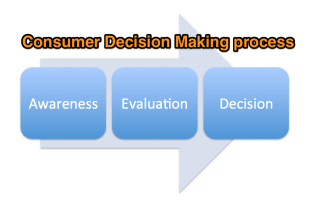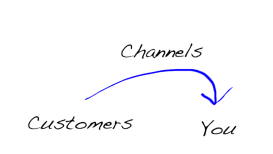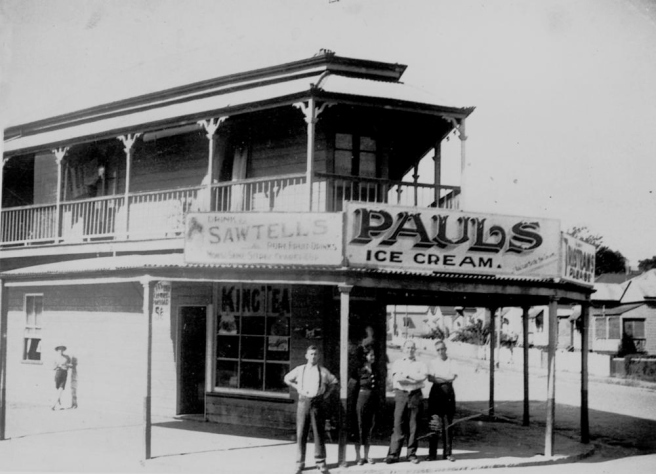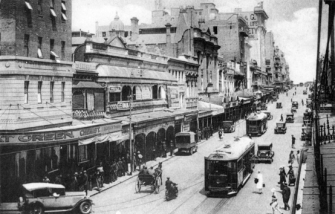 Hardly a day goes by when mainstream (or alt) press, facebook or twitter doesn’t report some event, quote or photo that promotes feeling of outrage, sufficient to stir the emotions, galvanising us to share or retweet some sound bite, MEME image or story.
Hardly a day goes by when mainstream (or alt) press, facebook or twitter doesn’t report some event, quote or photo that promotes feeling of outrage, sufficient to stir the emotions, galvanising us to share or retweet some sound bite, MEME image or story.
Whether innocuous or deliberate, wether reported about someone important or someone that wants to be important it matter little. It’s easy to let it trigger our emotions through our basal tribal behaviour (our biology is wired for it) to protest the offence across our modern bastions of information and truth ….social media,. And in that moment there is little intrest in the full story, in a familiar emotion clouds intellect moment. Inevitably the largely good works of public figures over many years are suddenly erased and falling on swords often ensues, ultimately to the detriment of the community.
And as if that isn’t enough cue then the outrage against the outrage and it lives for a least a second media cycle, mean while the big issues of our time hide in the corners ….
 It takes a long time for a prospect to actually make the decision to buy a product or service. There are several processes they go through, and at each step there is a funnelling, or more correctly a loss, of prospects. This is called the consumer decision making process. If you understand your customer you can help them through each of these stages by embedding information and values that will aid a successful conversion.
It takes a long time for a prospect to actually make the decision to buy a product or service. There are several processes they go through, and at each step there is a funnelling, or more correctly a loss, of prospects. This is called the consumer decision making process. If you understand your customer you can help them through each of these stages by embedding information and values that will aid a successful conversion. There are only 3 things you need to succeed in business.
There are only 3 things you need to succeed in business.

 Probably you have heard the phrase “Proper Planning Prevents (Piss) Poor Performance”.
Probably you have heard the phrase “Proper Planning Prevents (Piss) Poor Performance”. 